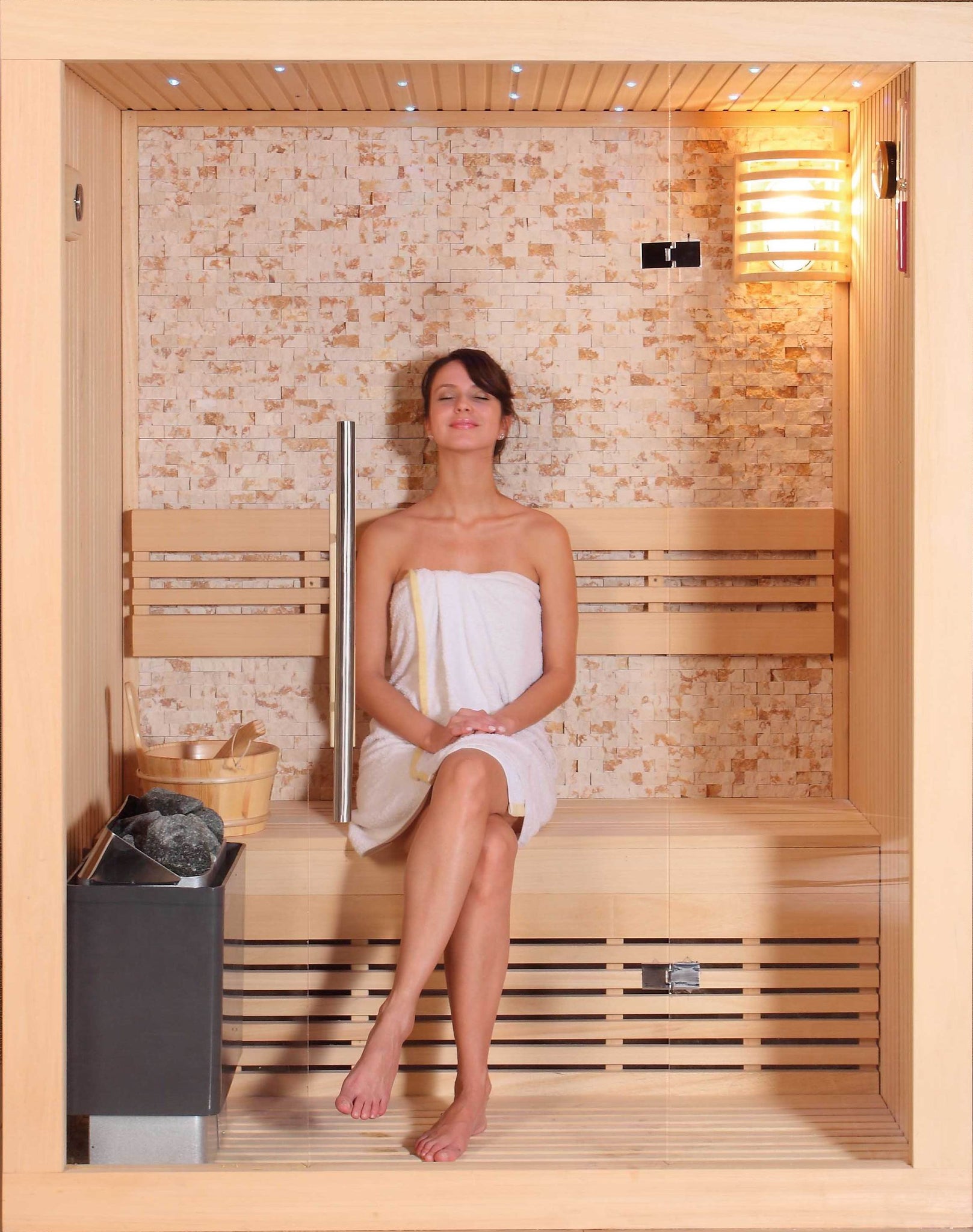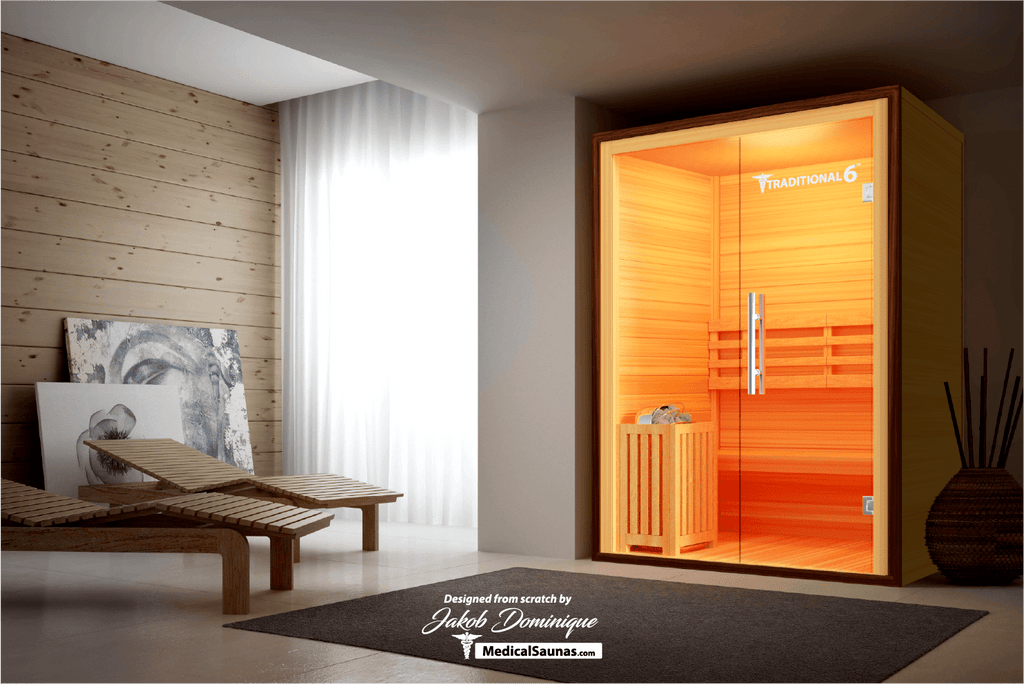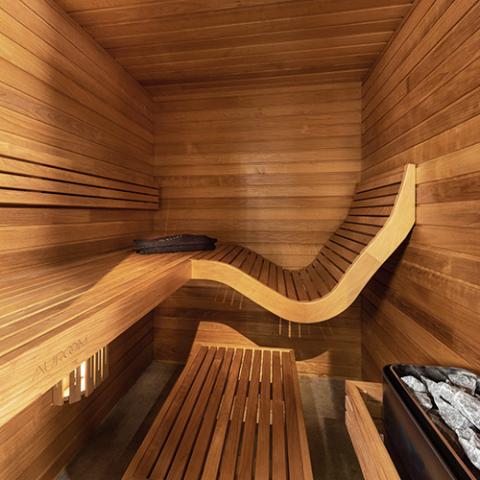Traditional Sauna for Dummies
Traditional Sauna for Dummies
Blog Article
The Traditional Sauna PDFs
Table of ContentsHow Traditional Sauna can Save You Time, Stress, and Money.Some Known Facts About Traditional Sauna.Traditional Sauna - Questions9 Easy Facts About Traditional Sauna ShownThe Ultimate Guide To Traditional Sauna
The majority of the weight lost in a sauna is water loss and is re-gained upon rehydrating. Without a question sauna can be a vital component of a healthy weight loss program. To consider the distinctions between typical and IR saunas, I will divide these into verifiable, theoretical, and produced differences.Therefore, the best point in the saunawhich goes to the ceiling directly over the sauna heateris generally in between 185 and 190 F. Claims that a conventional sauna surpasses 200 F is simply not true and not appropriate for electric saunas marketed in the United States. The temperature for a far-infrared sauna is typically established between 120 and 140 F; however, unlike the typical sauna, the objective in and IR space is not to accomplish a high temperature level.
Due to the fact that of this, the temperature level distinction is nearly pointless, considering that profuse sweating leads to both sauna types, but the method of heating up the body is various. In an IR sauna the bather will certainly feel warm and will certainly sweat profusely, however at much reduced temperatures (Traditional Sauna). Hence, if the goal is to spend longer periods of time in the sauna, the IR sauna is an excellent selection
When a standard sauna has been correctly heated up, the sauna walls are cozy, the air temperature level has achieved established temperature level and the rocks are extremely heated. As a fascinating side note, the warmed wall surfaces and the rocks are releasing far-infrared warmth, incorporated with the warmed air, to develop an "enveloping heat".
The Best Strategy To Use For Traditional Sauna

When the heat is attained, the elements cycle on and off to keep the high temperature level. Many typical sauna customers enjoy pouring water over the rocks to develop steam to elevate sauna humidity degrees. The benefits of pouring water over the rocks include: making the room more comfortable, moistening the nasal flows, and enabling the usage of aromatherapy by blending essential oils with the water.

When the power enters the body, it have a peek at this site causes the body temperature level to enhance and ultimately leads to perspiration. In an infrared sauna it is necessary for the emitters/heaters to continue to be on virtually continuously. Considering that there is no mass of rocks to retain heat, the sauna will cool down if the emitters shut down.
As pointed out above, the sauna bather in an infrared area wishes to place himself in front of running emitters to get optimal gain from the heat. The home heating time for both rooms can be really various, relying on exactly how the areas are utilized. For a typical sauna, a bather should enable 30-40 minutes for the space to achieve a wanted temperature level and to properly pre-heat the rocks.
Getting My Traditional Sauna To Work
A well constructed sauna will typically attain a temperature level of 150-160 F in about 30-40 minutes. For hotter temperatures, the room may require to warmth for a longer period.

Traditional saunas tend to be bigger (for this reason utilize even more electrical power) than infrared saunas, although typical saunas are definitely available in one and two individual sizes too. For a two-person standard sauna, 5x6 or 5x7 size is most preferred. The leading bench can pleasantly seat 2 or three people and is likewise enough time to lie down during the sauna session.
Traditional Sauna Fundamentals Explained
The average expense per kWH of electricity in the U.S. is approximately $0.11, so a 4.5 kW heating unit will certainly cost approximately $.50 to compete one hour, if the her response heater runs constantly for one hour. Generally a sauna heating unit will compete 75% of the initial hour and 50% of subsequent hours on considering that the elements cycle once the established temperature level is attained.

There is a seldom discussed difference in the social experience in between the 2 spaces. While our culture has actually lost some of the social advantage of the standard sauna experience, it can be very socially rewarding (Traditional Sauna). From household time in the sauna, to heart-felt conversations with loved ones, to sauna partiesthe conventional sauna experience can lead to intimate interacting socially
The Ultimate Guide To Traditional Sauna
A lot of greater end infrared spaces include tinted light treatment, audio systems and full-glass fronts.
Report this page